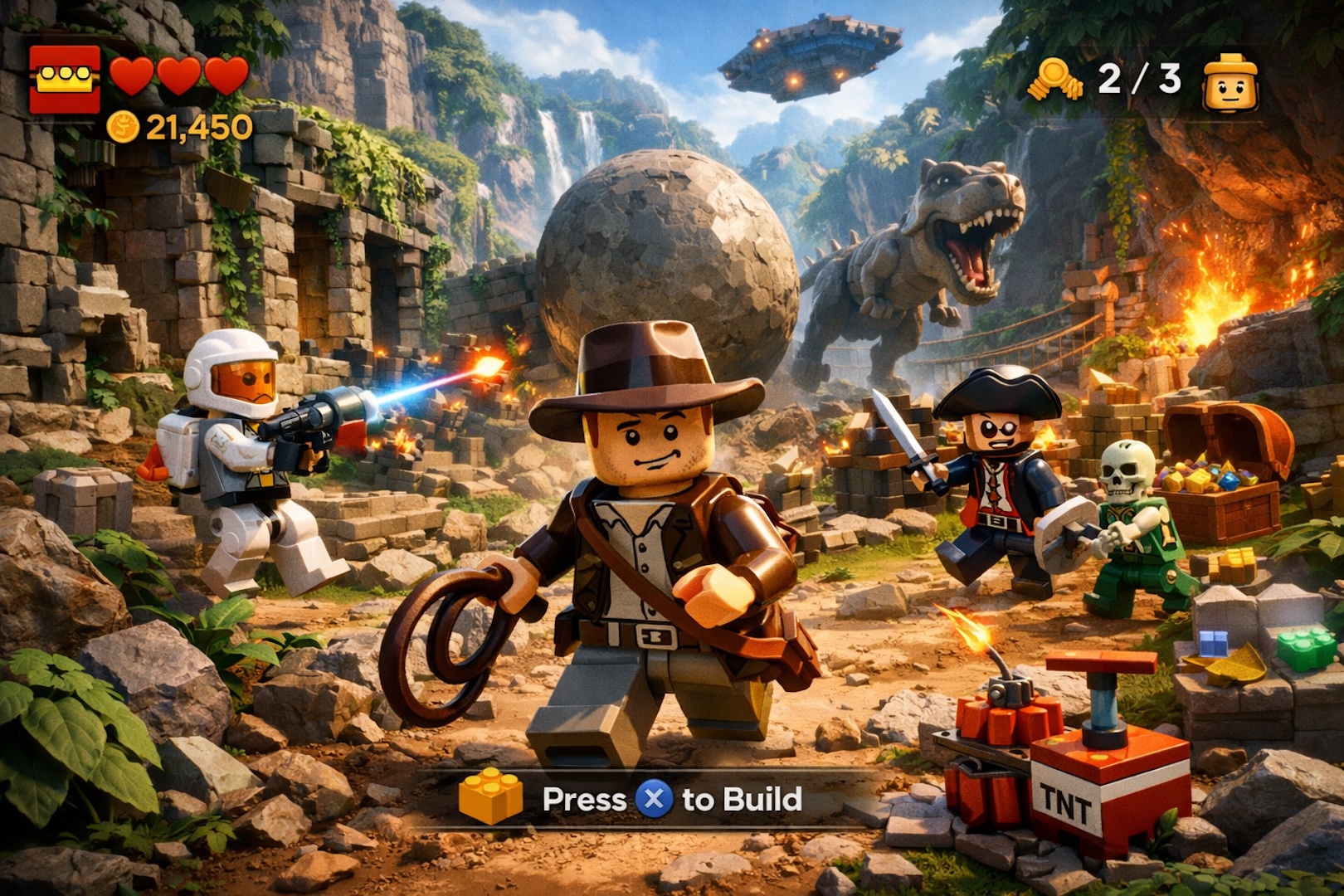The Misconception of Safety in Revision Control
Many creators, when working in the Unreal Editor for Fortnite (UEFN), fall into a false sense of security believing that their projects are safe just because they have pushed changes to Revision Control. However, this is a dangerous assumption. Cases of hard drive failures, accidental deletions, or complete system reinstalls have shown that relying solely on Revision Control is not enough. Projects can’t always be recovered from the last saved version in Revision Control, putting creators at risk of losing significant progress.
Why Pushing to Revision Control Isn’t Enough
Local Storage Dependency
Unreal Revision Control primarily operates by managing changes on your local machine. When you push changes, it updates the version history but doesn’t necessarily create a separate, secure backup of the data. If the local storage is compromised, the data saved in Revision Control might be irretrievable.
Lack of Redundancy
One of the core principles of data safety is redundancy, which means having multiple copies of data in different locations. Revision Control does not automatically create such backups, so if the primary storage fails, there’s no secondary source to recover the data from.
Limited Recovery Options
Revision Control is designed for tracking changes and managing versions, not for disaster recovery. In scenarios like hardware malfunctions, accidental deletions, or system corruptions, Revision Control might not be able to recover the lost data since its primary function is not as a backup system.
Vulnerability to User Errors
Human errors, such as incorrect file deletions or overwrites, can lead to data loss. While Revision Control tracks changes, it can’t always protect against these mistakes, especially if the changes are committed and pushed as part of the project’s version history.
Network and Server Issues
For teams using networked Revision Control, server issues or network problems can lead to data being inaccessible or not updated correctly. This reliance on external systems adds a layer of risk for data retrieval.
Essential Tips for a Robust Saving Protocol
1. Invest in a Quality External Hard Drive
Having a dedicated external hard drive for your creative projects is crucial. This provides an additional layer of security for your files, separate from your computer’s internal storage. An external hard drive acts as a physical backup that can be invaluable in cases of system failure or data loss on your primary machine.
2. Regular Saving and Check-ins
Consistently saving your work and checking in changes to Revision Control is vital. This practice not only keeps your project up-to-date in the revision system but also minimizes the risk of losing large amounts of work. Regular check-ins ensure that even if something goes wrong, you can revert to a recent version of your project.
3. Cautious Allocation of Administrative Permissions
When working in teams, it’s important to be selective about who is given administrative permissions. Inappropriate or careless use of these permissions can lead to project disruptions or data loss. Establish clear protocols and responsibilities to maintain project integrity.Be sure to maintain clear communication about file checkouts, saves, and backups to avoid conflicts and ensure consistent data management practices.
4. Adequate Computer Specifications
Ensure your computer is capable of running UEFN efficiently. Inadequate hardware can lead to system crashes or slow performance, increasing the risk of data loss or corruption. Regularly update and maintain your hardware to support the demands of the software.
Best Practices from Epic Games
Unreal Revision Control is an integral part of UEFN, designed to manage different versions of project files and track changes. It is vital to understand that while it provides a stable way to track changes, it is not a comprehensive backup solution.
Epic Games advises the following best practices:
- Always enable revision control for new projects.
- Check-in changes regularly.
- Avoid using multiple revision control systems simultaneously.
- Sync the latest version before making changes to a project.
- Communicate effectively with your team about file checkouts.
- Be alert to revision control’s visual cues and alerts.
- Add descriptions to checked-out files before submission.
Additional Security Measures
Besides these practices, Epic Games suggests the possibility of keeping a backup of all your projects on an external hard drive or, if available, cloud storage. This approach provides a fallback option in case of catastrophic failures or unforeseen events affecting your primary data storage.
Final Thoughts
Developing a comprehensive saving protocol when using Revision Control in UEFN is not just a recommendation; it’s a necessity. The combination of regular check-ins, external backups, cautious permission management, and suitable hardware ensures that your creative endeavors in Unreal Editor for Fortnite are protected against unexpected data loss. Following these guidelines and best practices from Epic Games can significantly reduce the risk of losing valuable work and provide peace of mind throughout the creative process.







